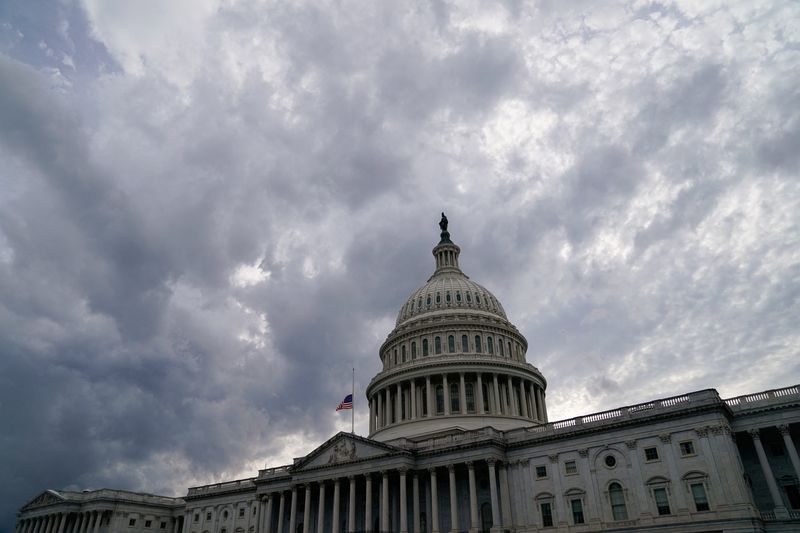By Mark Miller
(Reuters) - Call the Social Security toll-free number for assistance these days, and this is the message you will hear: “We are experiencing service issues including poor call quality, dropped calls and long wait times. We apologize in advance if you encounter disruptions.”
That pretty well sums up the state of customer service at the Social Security Administration (SSA), whether over the phone or in person at the agency’s sprawling national network of field offices. Need help signing up for retirement benefits or Medicare? Applying for disability benefits? That might be difficult.
The SSA has been plagued by years of cuts to its administrative budget imposed by Congress just as the aging of the U.S. population has meant an exploding workload. The number of beneficiaries has jumped 21% since 2010, yet its operating budget shrank 17%, adjusted for inflation, notes Kathleen Romig, director of Social Security and disability policy at the Center on Budget and Policy Priorities. Staffing has fallen by 13%, and now is at its lowest level in 25 years.
This year, the agency has returned to in-person service at its sprawling network of field offices around the country with a workforce that 7% smaller than before the pandemic, according to the SSA. Funds have not been available to replace departing workers.
The SSA is awaiting possible news this month about resources to address its problems while Congress engages in year-end deliberations about the broader federal budget. The Biden administration has requested $14.8 billion in fiscal 2023, some $1.4 billion higher than in 2022. “That would give the agency what it needs to start replenishing staff,” Romig said.
The agency took the unusual step last month of posting an open letter to the public on its website, laying out its case for improved funding. The post notes that people who apply for disability benefits are waiting an average of more than six months for an initial decision - and that a call to the national toll-free number (1-800-772-1213) typically means a 30-minute wait - unless your call is disconnected, of course.
”We are in a full-blown crisis on service delivery,” said Jessica LaPointe, president of the American Federation of Government Employees Council 220, which represents employees of the SSA field office and toll-free operation. Years of budget cuts have had a cascading effect, she said, and have increased the workload on remaining employees.
In the current tight labor market, she said, more employees have options elsewhere. “We can’t handle the flow of applications because people are leaving for telework in other agencies or the private sector. And the ones who stay are becoming more and more burnt out.”
MORE STAFF DEPARTURES ON THE WAY?
Brain drain is a serious issue at the SSA that will persist for years, even if Congress provides full funding. Bringing new workers fully up to speed on Social Security’s complex benefit programs takes anywhere from two to five years, LaPointe noted.
An AFGE survey of its membership found that 40% are considering leaving the agency within the next year, citing strained relations with management and the lack of permanent flexible telework opportunities, lack of training and a shrinking workforce as major reasons.
The SSA has been urging the public for years to conduct more business with it online. Many routine processes can be handled on the website, and it is a good idea for everyone to open an online account to manage as much business as possible with the agency. But in many cases, the website cannot substitute for a one-on-one consultation with an expert. “People want to make sure they are making an informed choice with something as important as their Social Security claim,” LaPointe said. “They don’t want to do it just by navigating the internet - and then make a mistake.”
In-person service is critical for some seniors, and especially people with limited English language proficiency, said Tracey Gronniger, managing director of economic security at Justice in Aging, an advocacy group. “Many just don’t have the same ability to get online and navigate these systems - a significant percent need a face or someone to talk to who can go over the paperwork with them.”
Some of the largest pain points occur among underserved groups, including people attempting to access disability benefits or Supplemental Security Income, the benefit program for very low-income people. Very often, this is a problem of racial equity, said David Weaver, a former associate commissioner in Social Security’s Office of Research, Demonstration and Employment Support.
In a recent article, he said that due to racial disparities in health outcomes, African Americans are far more in need of benefits from Social Security’s disability programs — and those disability programs “are in a free fall.”

An analysis by Weaver of recently released post-pandemic SSA data found 350,000 fewer SSI awards to disabled adults, and 120,000 fewer to disabled children, compared with before the pandemic. “Nearly half a million people have missed out on benefits since the pandemic, and these are programs that disproportionately serve African Americans,” he said. “It’s a real five-alarm fire.”
The opinions expressed here are those of the author, a columnist for Reuters.